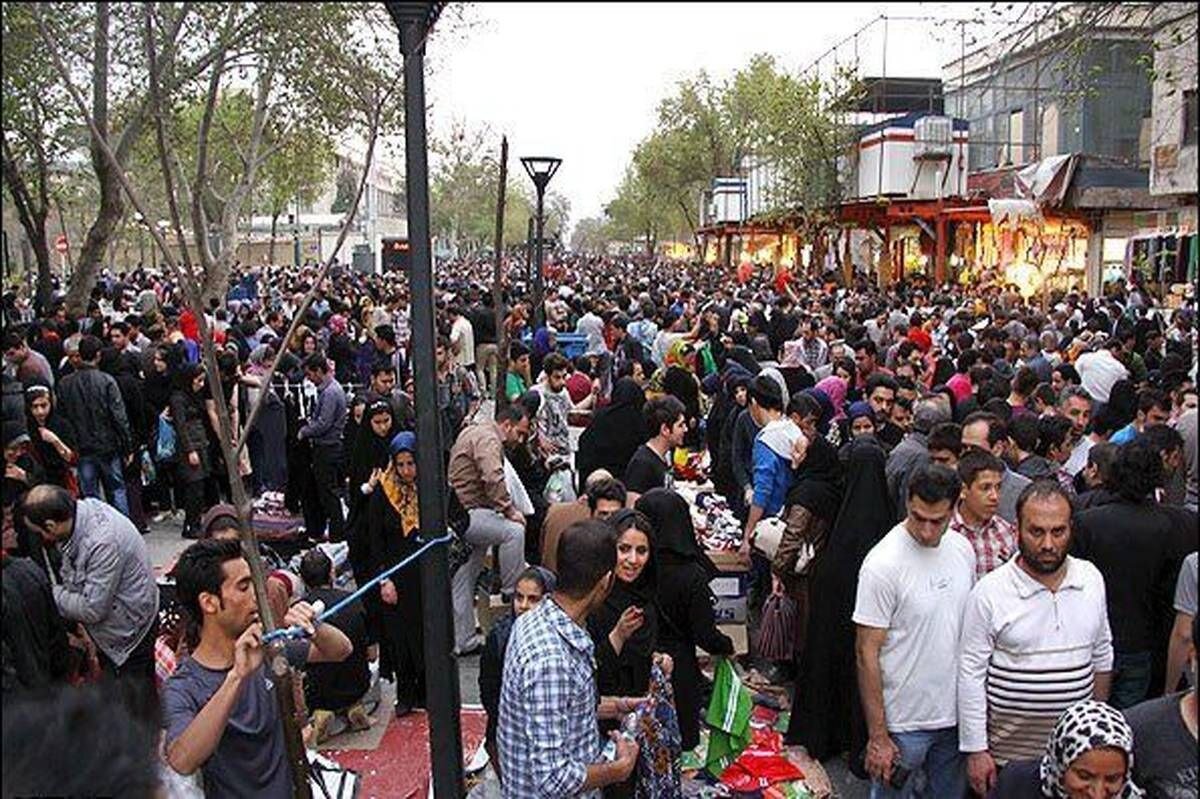National youth population award slated for November

TEHRAN – The first national youth population award is scheduled to be held on November 15 to underscore the crucial role of neighborhoods and mosques in removing childbearing barriers and addressing family problems in cities.
Marzieh Vahid-Dastjerdi, the secretary of the National Population Headquarters, invited all the related groups to attend the event.
The official went on to say that the performance of the related organizations will be assessed based on two main criteria, including their legal and internal duties.
Legal duties include those outlined in the youth population law, such as the health ministry’s measures in promoting natural childbirth, providing health and nutrition packages, or the measures taken by the ministries of welfare and education.
Internal duties focus on how the organization has supported its staff in marriage, childbearing, parental leave, or teleworking, she explained.
A part of the festival will be dedicated to choosing the best ideas, photos, and movies that are presented, focusing on families and childbearing, Vahid-Dastjerdi said.
Youth population law
Enacting the youth population law has stabilized the total fertility rate, slightly increasing the general fertility index over the past two years. After experiencing seven years of decline by about 20 percent, the fertility rate is now stabilized at around 1.6.
The total fertility rate has experienced a sharp decline since the Iranian calendar year 1394 (2015-2016), as the number of births reached 1.057 million in 1402 (2023-2024) from 1.570 million in 1394. However, since the Iranian calendar year 1401 (March 2022–March 2023), the downward trend in fertility came to a halt.
However, it has intensified concerns over the decreasing trend in population growth in the coming years, and the probability of turning Iran into one of the oldest countries in the world, IRIB quoted Mohammad-Javad Mahmoudi, an official with the Civil Registration Organization, as saying.
“At best, Iran’s population with a total fertility rate of 2.5 will reach 102,890,000 by the next seven years,” Mahmoudi said.
An important factor contributing to lower birth rates in the country is the cost of living. Indeed, due to the high inflation rate and the expensive real estate sector, many families are choosing to have a smaller family size. The current one-child trend is prevalent in many young Iranian families, many of whom also have to support their aging parents.
Due to the financial constraints, late marriage is another new trend. Delayed marriage, along with extended intervals between childbirth, is another factor.
Many incentives have been introduced to encourage childbearing by the Iran Welfare Organization and the Ministry of Health.
First, health care and medical benefits that are offered to childbearing mothers include:
Free or subsidized prenatal care. Public healthcare centers provide free or low-cost check-ups, lab tests, ultrasounds, and supplements (like folic acid and iron);
Insurance coverage: Most health insurance plans cover the majority of pregnancy-related expenses, including delivery (normal and cesarean)
Significant strides have been made in infertility treatment. Today, 100 percent of infertility treatment costs are covered by health insurance, and Iran has emerged as a regional leader in this field. Under certain programs, especially for low-income families, a monthly allowance is provided for children; and
Maternal health programs: Government health centers offer maternal training and support (breastfeeding, infant care, etc.).
Secondly, maternity leave and workplace rights:
Maternity leave: Women are entitled to 9 months (270 days) of paid maternity leave, fully covered by social security.
Job security: Iranian labor law ensures a woman’s right to return to her job after maternity leave, and
Reduced working hours: In some sectors, pregnant women may receive reduced working hours or lighter duties.
Despite being offered incentives to encourage childbearing in line with the youth population law, the desired growth in the youth population has not been accomplished yet. It is one of the most important challenges facing the country.
According to the latest census, the number of aged citizens in the country is growing by 3.62 percent, which is five times faster than the total population growth rate, which is 1.24 percent. For the time being, elderly women account for 52.3 percent of the total population, outnumbering men (47.7 percent).
The aging of individuals signifies increased life expectancy. However, population aging demonstrates a shift in the distribution of a country’s population towards older ages, which is not a favorable indicator.
MT/MG
Leave a Comment